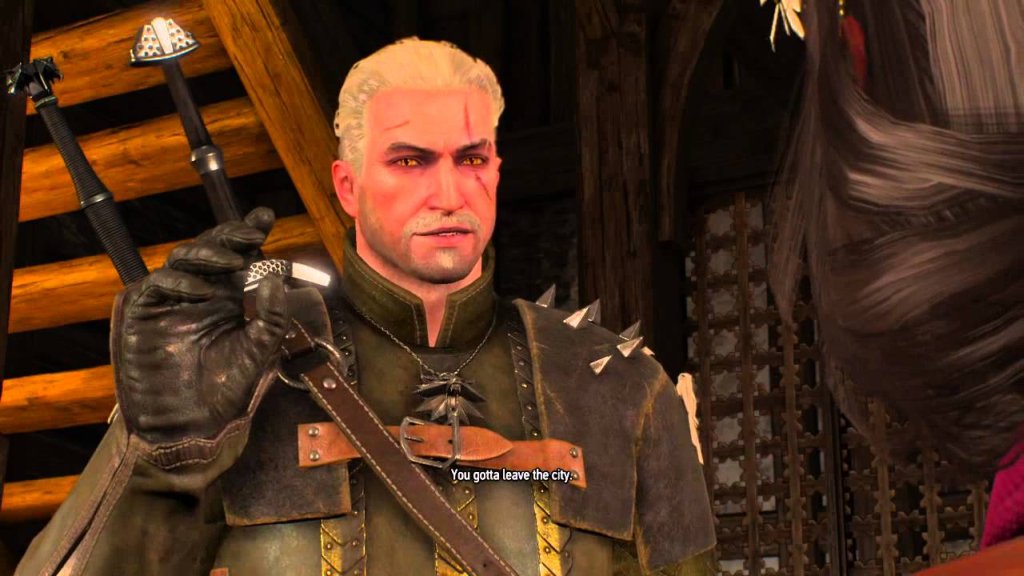The game of chess has many interesting moves and some that can only happen under certain circumstances. In order to play the best game you can, it is wise to know about all the moves so that you can best outwit your opponent.
In order to effectively talk about chess a special method of notation has been devised. This helps identify the squares and positions without having to have a board and pieces always in front of you to illustrate. In this notation the columns (or files as they are called in chess) are identified with a letter and the rows (or ranks) are identified with a number. If you are looking at a chessboard from the perspective of the white player, the leftmost file is 'a', the one next to it 'b' and so on until the last file which is 'h'. The back or closest rank for white is 'rank 1', the next one (the one the pawns are on) is 'rank 2' and so on until the last rank, which is the back row for black and is 'rank 8'. So the when using chess notation, the leftmost back square for white would be called 'a1', the square directly above 'a2' an so on. See how easy that is?
Now that you know how chess notation works and you have a chess board visualized in your head, we can talk about some of the special chess moves.
En Passant
If you have played even only 1 game of chess you know that pawns have some special rules. For example, they can only capture a piece that is placed diagonally in front of them. Also, on it's initial move, a pawn can move up two squares instead of just one. However, there is a special case for this - if an enemy pawn could have captured it had it only moved 1 square, the enemy is still able to capture.
This move is called 'en passant' and can only be used on the very next move after the pawn is advanced 2 spaces - if you do not capture then, you cannot do it at a later move.
Here's an example - BLACK has a pawn at d4; WHITE moves his e2-pawn to e4; had WHITE moved to e3m the BLACK d4 pawn would have been able to capture so now he can capture en-passant on his next move. But if BLACK decides to make another move instead, he gives up his right to capture.
Castling
The King can make a special chess move called 'castling' and it is, in fact, recommended that you do this during the opening phase of the game. This is a defensive move which increase thesafety of the King. Castling has two forms - 'short' and 'long'. Here's how it works:
Say the white King is on e1 with the white Rook on h1 (this is the initial setup at the start of the game). You can make the move called short castling by moving the King to g1 and the Rook to f1. This move does have some restrictions - the squares in between the Rook and King must be empty, neither the Kind or Rook can have been moved before and the King cannot be in check. Note that even though you move two pieces, this is considered to be one move.
Long castling has the same rules and is a similar move but uses the Rook on the a file instead. In this scenario, the King ends on c1 and the Rook ends on d1.
Promotion
You might think the pawns are not very useful but if you can get your pawn to the other side of the board he can be promoted. This means the you can replace the pawn with any same colored piece you want with the exception of a king or pawn. Needless to say most people choose to replace the pawn with a queen.
There are some other situations in chess that novice players might not be aware of. For instance, a game can very easily end in a draw. This can happen when neither side has enough material to checkmate the opponent. This would happen if one player had a Bishop and King while another had only a King - no matter how many times you try you cannot get the opponent into checkmate so the game ends in a draw.
The chess game might also end in a draw if you have to repeat the same move 3 times as their are no other choices, if no advance or pawn capture has happened in the last 50 moves or stalemate. Stalemate can happen when a player who is not in check has no valid moves. If a player can continuously checkmate another player any time he wishes then he can claim a draw by "continuous check".






 Top 10 PS Vita Games of 2013
Top 10 PS Vita Games of 2013 Dark Souls 2 Enemies Guide - Part 3
Dark Souls 2 Enemies Guide - Part 3 Witcher 3 Deadly Delights Contract Guide
Witcher 3 Deadly Delights Contract Guide Primal Carnage: Extinction Wiki – Everything you need to know about the game .
Primal Carnage: Extinction Wiki – Everything you need to know about the game . You Can't But Help Laugh At These Honest Christmas Cards
You Can't But Help Laugh At These Honest Christmas Cards